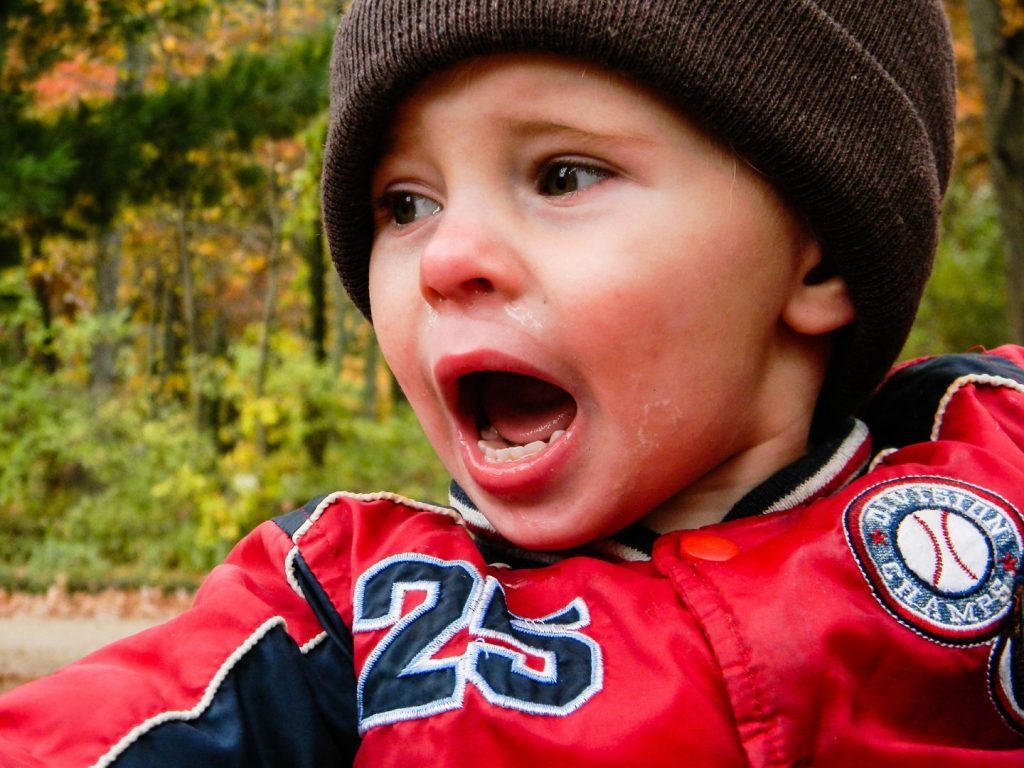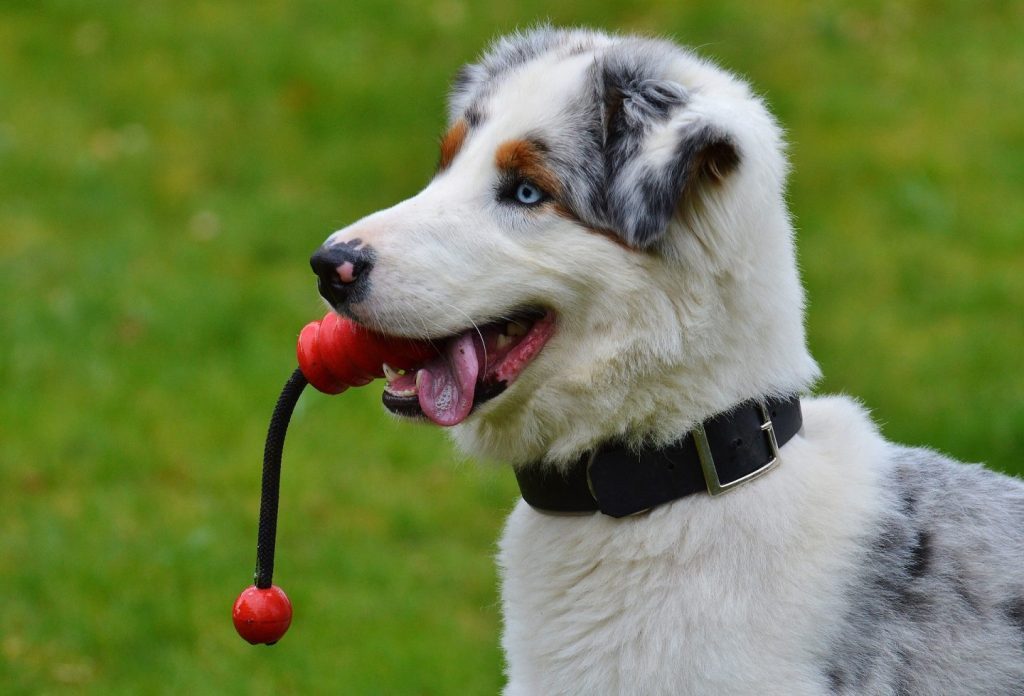
Becoming an astute observer of the nuances of children’s facial expressions, like Play Face, makes you a better observer, decider, and planner. Whether you’re a parent or an early learning professional, paying attention to Play Face is an effective way to monitor the ever-changing social-emotional climate of children’s play.
What’s Play Face?
Play Face is the open, inviting, and engaged look of a person interested in keeping the play rolling. It’s the opposite of I Want To Eat You Face.



How Observing Play Face Can Help
Supporting a group of children at play is easier when you train yourself to observe Play Face. You become better at reading situations–which means you can respond more effectively.
Some examples:
- Next time four-year-olds Beth and Ben are shouting insults at each other (“Oh Ya? You’re A Poop Face!”, “While, You’re A Booger-Eater!”) pause and watch their faces for a few moments. If both of them are displaying Play Faces, there’s probably no reason to intervene. If one or both are flashing I Want To Eat You Faces, it may be necessary to step in and diffuse the situation–or at least stay nearby so you can respond if the situation deteriorates.
- What about three-year-old Ty over in the block area? After working to build a tower for 30 minutes, you notice his Play Face fading as he struggles. He glares as the blocks tumble. You also note that he’s been building on a scrunched-up baby doll blanket. Stepping in at this moment with a bit of direct instruction may help (“Ty, you look frustrated. When I build tall towers, I make sure not to build on things that are bumpy. You might have better luck if you built on the tile floor instead of that blanket.”)
- Then there’s Meka and Mika at the easels. They’ve been churning out paintings all morning with open and engaged Play Faces. Noticing they’re running low on paper and green paint, you wordlessly walk by, resupply them, and ward off potential I Want To Eat You Face.
Watch For Plangry
Kids, however, are sneaky. In their efforts to better understand strong emotions like anger (or to manipulate social situations), they sometimes try masking their Play Face. They attempt to look mad, mean, or tough. Here at Playvolution HQ, we’ve coined the term Plangry to describe this act.

Learning to differentiate between real I Want To Eat You Face and the pretend version is a key part of supporting Play Face. Luckily, most kids let the fact that they are still at play seep into the tough outer shell of their Plangry faces.
Some Tips
Here are a few tips for observing Play Face:
- Practice. Sitting back and observing children at play will help you become better at recognizing Play Face, I Want To Eat You Face, and Plangry faces.
- Focus on relationships. Generally, the deeper your relationship with the children you’re observing, the better you’ll be at reading their faces.
- Meet basic needs. It’s hard for a tired, hungry, or stressed child to maintain their Play Face.
- Visit a dog park. Watching dogs play has made me better at reading children’s Play Face and could help you. It’s a lot easier to differentiate between a dog’s Play Face and its I Want To Eat You Face.


Conclusion
Becoming a better reader of Play Face has other benefits. It’s a useful skill with coworkers, the barista at your favorite coffee shop, your sweetie-pie, and every other human in your life.
I’m on the lookout for more photos of Play Face, I Want To Eat You Face, and Plangry Face. If you have photos we can use here at Playvolution HQ, let me know in the comments.
Post Author
Jeff Johnson is an early learning trainer, podcaster, and author who founded Explorations Early Learning, Playvolution HQ, and Play Haven.

Leave a Reply